Key Takeaways:
- Understand the risks associated with breast augmentation before, during and after surgery.
- Have a psychological evaluation before the surgery and make sure that your general health is fit for the procedure.
- Utilize a trusted and experienced plastic surgeon who provides personalized care and attention.
Introduction
 Breast augmentation is one of the most commonly performed plastic surgery procedures, as it offers women the ability to alter the size, shape, and contour of their breasts in order to achieve an overall aesthetically pleasing body silhouette. However, understanding the potential hazards of the procedure before undergoing treatment is essential in order to minimize risk and strive for the best possible outcome and patient satisfaction. In this guide, you will discover the types of risks associated with breast augmentation, and learn how to stay safe throughout the entire process.
Breast augmentation is one of the most commonly performed plastic surgery procedures, as it offers women the ability to alter the size, shape, and contour of their breasts in order to achieve an overall aesthetically pleasing body silhouette. However, understanding the potential hazards of the procedure before undergoing treatment is essential in order to minimize risk and strive for the best possible outcome and patient satisfaction. In this guide, you will discover the types of risks associated with breast augmentation, and learn how to stay safe throughout the entire process.
Risks Before Surgery
When considering a procedure such as breast augmentation, it is common and necessary to first evaluate potential risks and pre-existing health conditions. The most important risk beforehand is a psychological screen, which assesses a patient’s physical and mental health to determine if they’re fit to undergo the surgery. Some other risks to consider include a patient’s age, general level of health, and if they are pregnant or breastfeeding.
Risks During Surgery
Once a patient has safely cleared the pre-operative risks, the surgeon will proceed with the surgery. Before the procedure, all patients must be fully aware of the potential anesthesia risks that come with any type of surgery. Furthermore, all medical staff must take necessary precautions with the patient’s safety and hygiene in order to reduce the chances of infection, bleeding, and other post-operative risks.
Risks After Surgery
After the breast augmentation procedure is complete, there are still risks that a patient should be aware of. One of the main risks is implant leakage or rupture. It is also common for patients to experience a change in the sensation of their skin and nipples due to the trauma of the surgery. It’s also important to discuss potential risks of unfavorable scarring or asymmetries with your doctor.
Conclusion
Breast augmentation can offer individuals a way to alter their bodies to achieve the look they desire. However, it is incredibly important to understand the potential risks associated with any surgery to minimize harm and maximize the chance of a successful outcome. Risks before, during, and after the procedure must be discussed and thoroughly evaluated as part of an in-depth and comprehensive evaluation with your physician. To minimize risk and achieve a positive outcome, it is important to discuss the surgery with your doctor and make sure you are a suitable candidate to undergo breast augmentation.
When it comes to breast augmentation in the Tampa, FL area, Politis Plastic Surgery is the top choice for many individuals looking to enhance the size, shape, and contour of their bodies. Politis Plastic Surgery is a premier plastic surgery clinic headed by Dr. Effie Politis, an experienced, award-winning plastic surgeon who is committed to providing the highest level of care and surgical excellence. Politis Plastic Surgery is dedicated to providing each patient with personalized care and attention for the best possible results.
References:
- “Breast implant complications: Common problems, risks, and symptoms.” 25 Apr. 2018, https://www.medicalnewstoday.com/articles/321610.
- “Why the FDA is Ordering Stronger Warnings for Breast Implants.” 2 Nov. 2021, https://www.healthline.com/health-news/why-the-fda-is-ordering-stronger-warnings-for-breast-implants.
- “FDA wants women to understand the risks and benefits related to ….” 1 Feb. 2022, https://www.health.harvard.edu/womens-health/fda-wants-women-to-understand-the-risks-and-benefits-related-to-breast-implants.
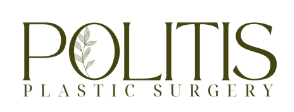
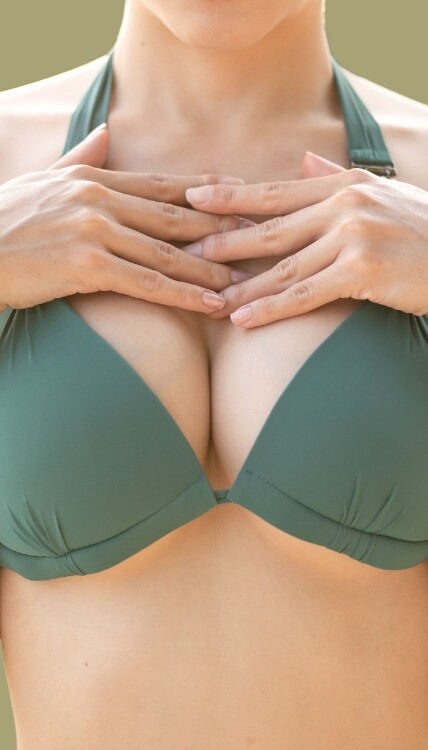
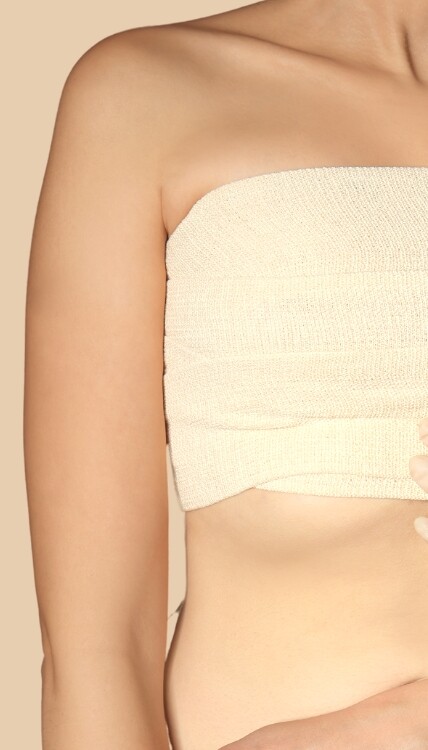

 It is estimated that hundreds of thousands of women in the U.S. choose to have
It is estimated that hundreds of thousands of women in the U.S. choose to have 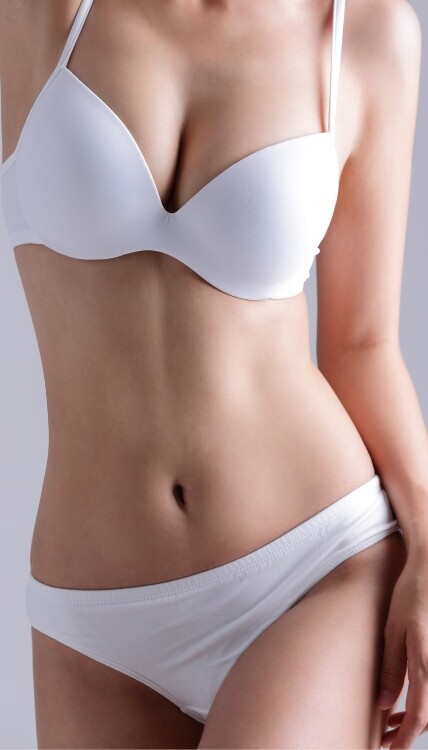
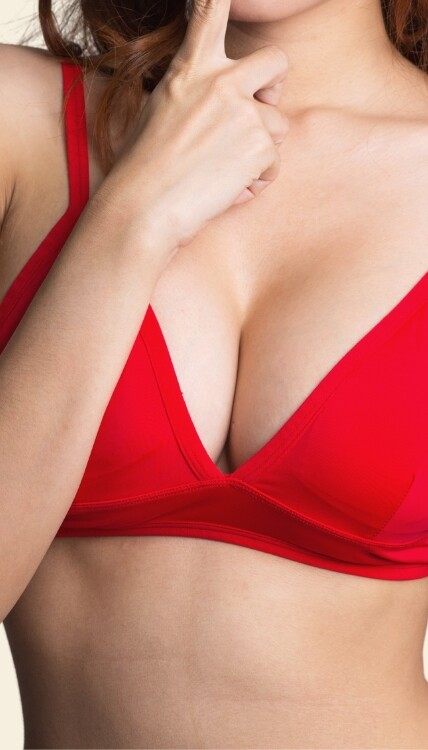
 Breast augmentation
Breast augmentation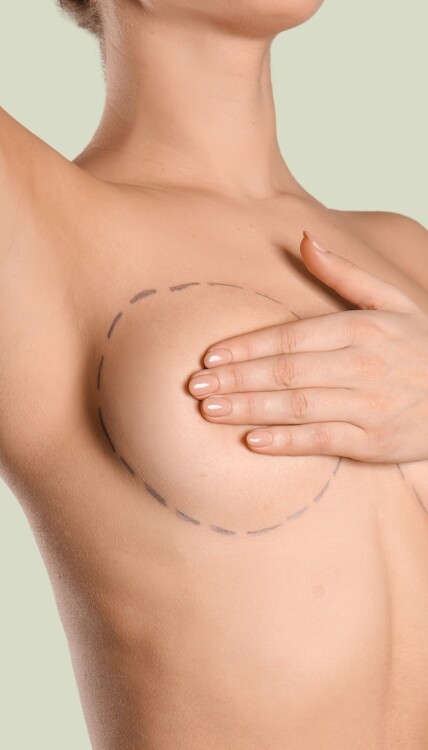
 The decision to undergo breast augmentation is a very important one. Breast augmentation is a plastic surgery procedure used to increase the size and improve the shape of a woman’s breasts. This can be done through the placement of saline or silicone implants, or through autologous fat transfer. In some cases, a breast lift can also be performed, in order to further improve the appearance of the breasts. Before deciding on a surgical option, the potential benefits and risks of the procedure should be discussed with a qualified plastic surgeon.
The decision to undergo breast augmentation is a very important one. Breast augmentation is a plastic surgery procedure used to increase the size and improve the shape of a woman’s breasts. This can be done through the placement of saline or silicone implants, or through autologous fat transfer. In some cases, a breast lift can also be performed, in order to further improve the appearance of the breasts. Before deciding on a surgical option, the potential benefits and risks of the procedure should be discussed with a qualified plastic surgeon.
 The decision to undergo a breast augmentation surgery is one that should be well researched and thoroughly discussed with a board-certified plastic surgeon.
The decision to undergo a breast augmentation surgery is one that should be well researched and thoroughly discussed with a board-certified plastic surgeon. 
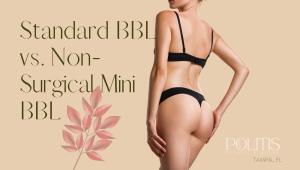 Brazilian Butt Lift (BBL) is a popular cosmetic procedure that increases the fullness, roundness, and projection of the buttocks, creating superb feminine curves. It silhouettes the hips to a perfectly feminine shape and makes the buttocks perkier and more attractive.
Brazilian Butt Lift (BBL) is a popular cosmetic procedure that increases the fullness, roundness, and projection of the buttocks, creating superb feminine curves. It silhouettes the hips to a perfectly feminine shape and makes the buttocks perkier and more attractive.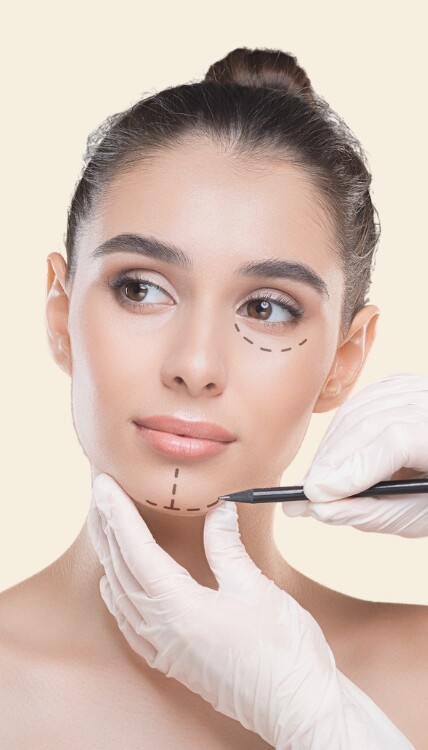
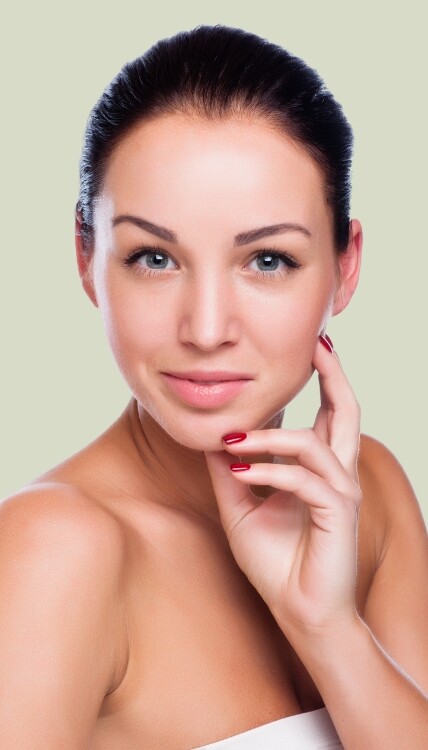
 Are you looking for a safe, efficient way to blast away unpleasant wrinkles, dark spots, freckles, or fine lines from your face? Would you like to restore a brighter, rejuvenated, youthful-looking skin complexion? Or do you have a darker skin tone and want a quick, painless alternative to peels or bleaching creams? If so, the MOXI Laser is a worthy option for you.
Are you looking for a safe, efficient way to blast away unpleasant wrinkles, dark spots, freckles, or fine lines from your face? Would you like to restore a brighter, rejuvenated, youthful-looking skin complexion? Or do you have a darker skin tone and want a quick, painless alternative to peels or bleaching creams? If so, the MOXI Laser is a worthy option for you.